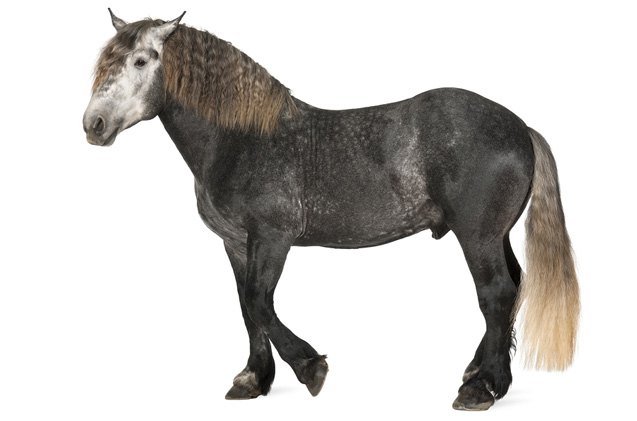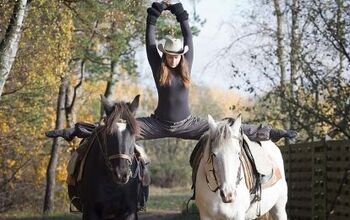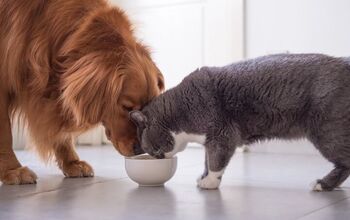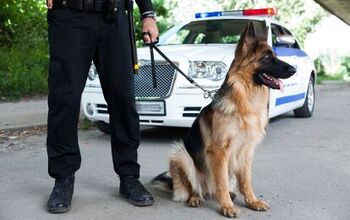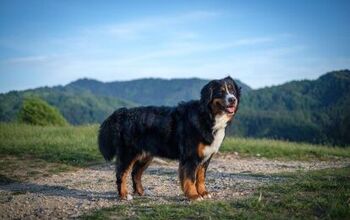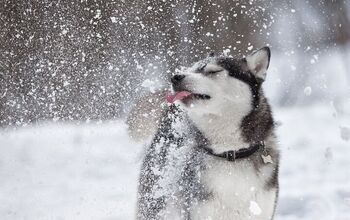Percheron Horse


About Percheron Horse
The origin of the Percheron Horse is not entirely clear. Some experts think that these horses are descendants of the horses that were found within the Le Perche region of France as far back as the Ice Age. Others think that the breed is related to the Boulannais Horse that was utilized during the invasion of Brittany. And other experts believe that this equine breed is actually descended from the Barb stallions that were utilized by the Moors when they invaded and were defeated in the Battle of Tours, leaving their horses behind.
What is known, however, is that native mares living in Le Perche mated with Arab stallions at two points in history. These were during the 8th century and the Middle Ages. And when the crusades occurred, the Percheron breed was recognized for its soundness, substance, style, and beauty.
The Percheron Horse is a large draft breed that exhibits more energy than other draft horses.
As commerce and trade grew in the 1700s, Percheron horses grew increasingly popular as both farm horses and coach horses. Heavy draft horses were also in greater demand, as they were necessary to move large, heavy loads from railheads and docks, and the Percheron was built for the task.
This horse breed also became a favorite in America. More than 2,500 mares and nearly 5,000 stallions were sent to America from Le Perche, and in 1876, Percheron breeders decided to meet in Chicago to form the Norman-Percheron Association and to start the first stud book. A year later, the Norman part of the name was dropped, and the Percheron Society of America came into effect in 1905 and lasted until 1934. Today’s association is known as the Percheron Horse Association of America.
The Percheron Horse is a large draft breed that exhibits more energy than other draft horses, and these animals are known for their pleasing personality, work ethic, and friendliness.
When working with a Percheron Horse, you can expect that it will be alert, willing, proud, and intelligent. This horse is easy to keep, adaptable, and versatile, so it can be used in a variety of ways.
Because these horses are even-tempered and strong, trainers and riders of all levels will enjoy working with Percherons, especially if they are comfortable handling larger horses.
Unlike other draft breeds, the Percheron doesn’t have heavy feathering on the fetlocks.
Percherons feature thighs that are notably muscular, and it is these muscles that give the horse its immense pulling power, good balance, and clean action. These horses are also deep and wide through the chest, they have well sprung ribs, and they have a level croup and large, round hips.
Other characteristics include large eyes, a full and broad forehead, and a straight face with a strong jaw. The ears are set attractively on the head, and they are also refined. Mares will have a more feminine appearance, while the stallions will have a more rugged look.
Unlike other draft breeds, the Percheron does not have the heavy feathering that is typically found on the fetlocks.
Percheron horses are known for their pleasing personality, work ethic, and friendliness.
The Percheron Horse comes in a variety of colors, but you will usually see black and gray horses. Sorrel, bay, roan, and chestnut are also possible.
A lot of these horses will also showcase white markings on the feet and head, but excessive patches of white are not desirable for this breed.
British and American Percherons are typically black or gray, but French Percheron horses are born with a black coat that transforms into a gray color by the age of 3.
Every horse requires a regular grooming routine that will maintain the health and beauty of its coat and skin. However, good grooming is especially important to the Percheron, whose coat can become heavy when the climate is cold.
Care should also be taken to ensure the thick mane is kept clean and free of tangles. And the hair that is found around this horse’s ankles could attract bacteria from the soil and make the animal susceptible to pododermatitis.
In addition to standard equine grooming tools, you may need a stool or a small stepladder to reach the top of your Percheron Horse, as these animals are tall. Use a curry comb to remove dirt and loose hair, as well as a body finishing brush to clean sensitive areas on the horse’s body, such as the face and the legs. You can also use a dandy brush to remove mud and dirt while loosening excess hair for easier removal with a shedding blade. Then use a mane comb to keep the luxurious mane looking beautiful, a tail brush to detangle and clean the tail, and a hoof pick to remove debris from the hooves while checking for injuries and infections.
Photo credit: Life on White/Bigstock; yykkaa/Bigstock; sherry/Biggstock

Lisa Selvaggio is a freelance writer and editor, and our resident cats-pert, with certifications in pet nutrition and pet first aid. She enjoys producing content that helps people understand animals better so they can give their pets a safe and happy home.
More by Lisa Selvaggio



